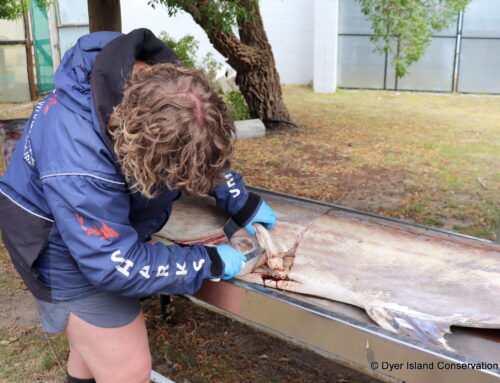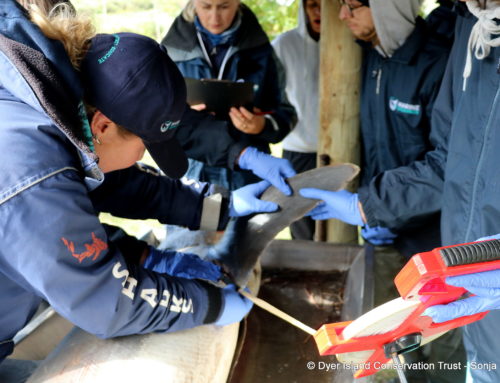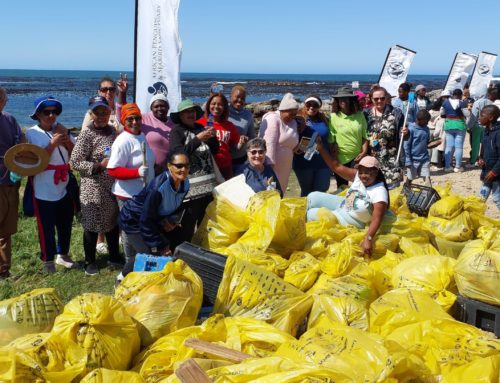MASS WHALE STRANDING IN CAPE TOWN
September 19, 2009 by dyertrust
On30thMay 2009, a mass false killer whale stranding occurred at Kommetjie inCape Town.Meredith Thornton, Manager of Cetacean Research (Mammal Research Institute,UniversityofPretoria, based at Iziko Museums ofCape Town) provided us with the following information on the incident.
False killer whale strandings occur very rarely inSouth Africa.Such a situation has to be judged on its own merits, including numbers and species of animals involved, their condition, the nature of the topography, prevailing sea and weather conditions, and vehicular access to the beach.Although “rescue” might be everybody’s ideal (sometimes these animals re-strand shortly afterwards and in a different area), on many occasions the sad truth is that there are only two possible options, euthanasia or leaving them to die on their own.
A great deal of scientific information was gained from this tragic event at Kommetjie, with the following samples being collected from the specimens:
Skin for DNA and toxins
Blubber for toxins
Skin and blubber for fungi
Muscle for isotopes
Reproductive material
Stomachs
Comparative morphometrics
Tooth counts
Lower jaws
There were 22 females (maximum length: 437.4 cm) and 19 males (maximum length: 566 cm, which is particularly large for a male).There was one small animal, but no other calvesit is suspected that calves were pushed out to sea as they were smaller and easier to handle.
There was no reason visible to the naked eye as to why the animals stranded, and we will probably never know.It could have been a navigational error, an unseen illness, or any one of a number of other theories about strandings, or even a combination of a few factors.
False killers are the species most likely to stranden massinSouth Africa, but we havent had a mass stranding of this species since 1981!Previous strandings were:
1928103 animalsKommetjieAll died/were put down
1935200-300Near MamreAll died
193658Near the Berg River mouthAll died
198165Spread along 90 km of coast St Helena BayAll dead when found
In 2003 the Mammal Research Institute was conducting an aerial survey along the West Coast and saw a large, mixed group made up of about 200 false killers, Rissos dolphins and Atlantic bottlenose dolphins, all concentrated near to a shallow corner of the bay off Laingville beach (St Helena Bay).A response team was alerted, but fortunately the animals decided to move offshore again of their own accord.Just a few small groups of dolphins had to be helped back out to sea again.




